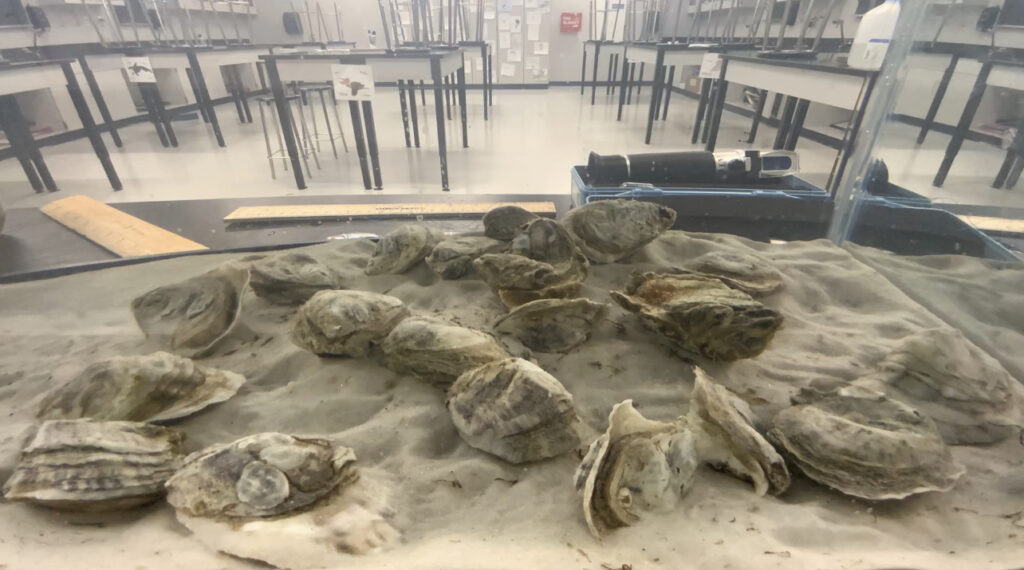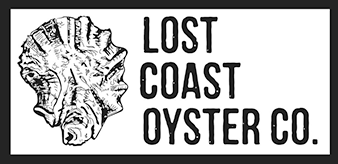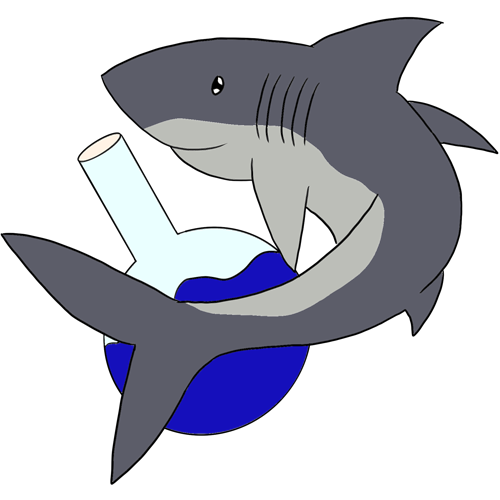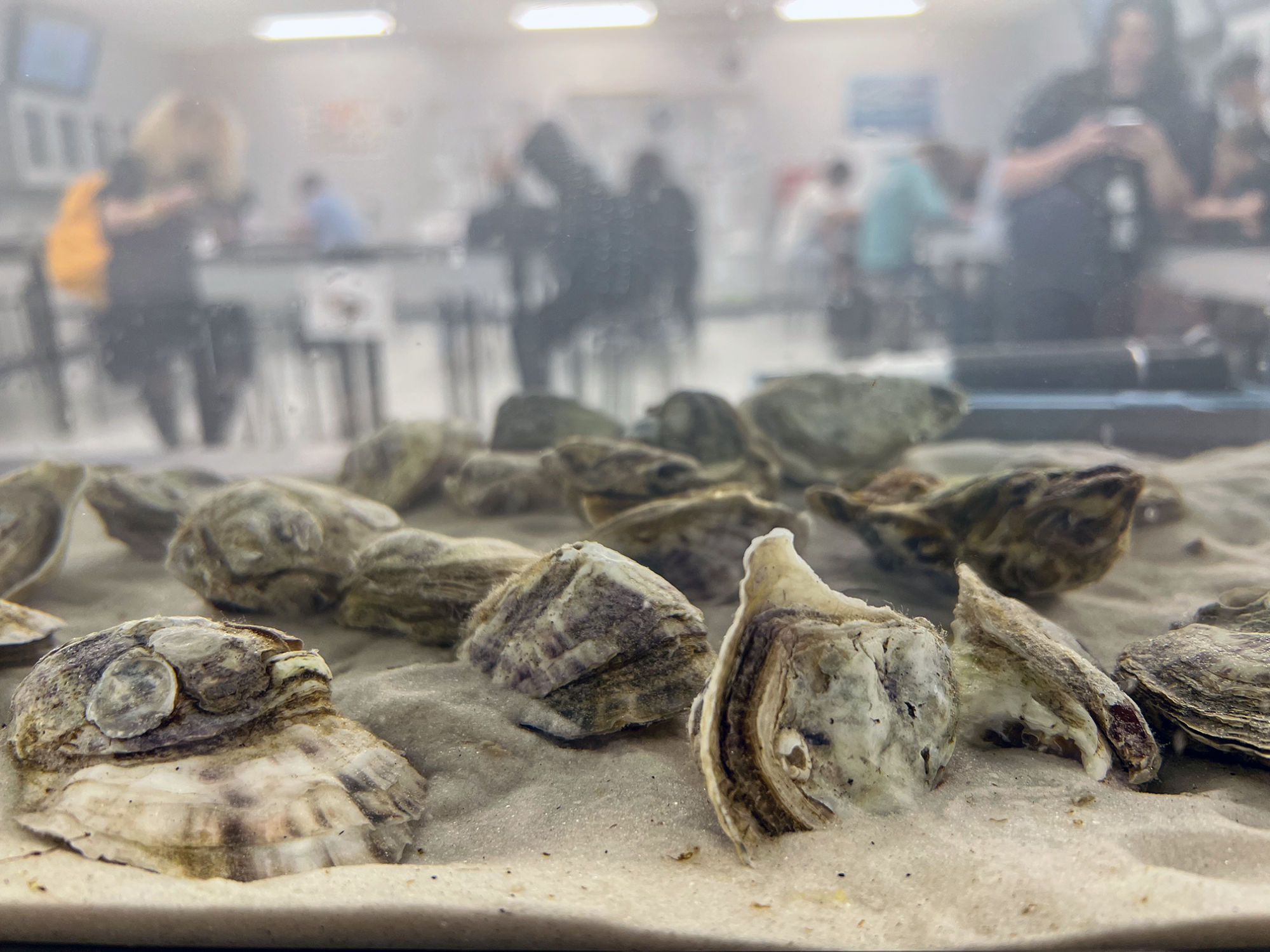Oysters. What’s the first thing you think of when you think of oysters? Pearls? Food? Slimy and gross? That time you cut your foot on one when you were a kid playing in the bay and how much it hurt when your grandmother poured all of the rubbing alcohol in the world on it? That last one just me? Well either way, oysters are more than even the sum of all those thoughts.
Oysters are a critical part of ocean health around the world. These animals (yes animals! Not just a rock with slimy stuff inside!), help filter and clean the water that surrounds it and even provides habitat and food for other animals (including humans), protection against storms and tides, and even jobs.
Oysters can filter up to 50 gallons of water a day from pollutants such as nitrogen and other chemicals from agricultural runoff and climate change. Oysters will expel pollutants or absorb them into their shells and tissues (please don’t eat just any wild oyster!).

When asked, my students typically had this to say about oysters:
“Yum! Can we eat them?!”
“Gross. I hate oysters, they look like ocean snot.”
So, following this revelation, I reached out to a local oyster hatchery, Lost Coast Oyster Company, to see if they would be willing to donate some oysters to my classroom. They were ecstatic to help me out and gave me about 25 oysters AND a gallon of microalgae to show my students how they feed. I have found in my time working as a teacher, people WANT to help. They want to give back to their community and the future generations, if we only ask. And especially for a company like Lost Coast, their jobs rely on people understanding the importance of oysters and their role in the ecosystem so they were more than willing to go out of their way to help me teach my kids about their livelihood.
With my bag of oysters and empty tank set up at school, I was ready to show my students how awesome oysters really are!
My students spent four days observing oysters, measuring the turbidity of the water each class period as I recorded a time lapse video of the oysters consuming the microalgae. Overall, this was an enormous success. My students got to see how clear and beautiful the water in the tank got with just oysters filtering it.
I am grateful for the connections I have made in my field, and especially as a teacher and I am so grateful for the people out there in the world that want to make our world a better place for generations to come, one student at a time.



